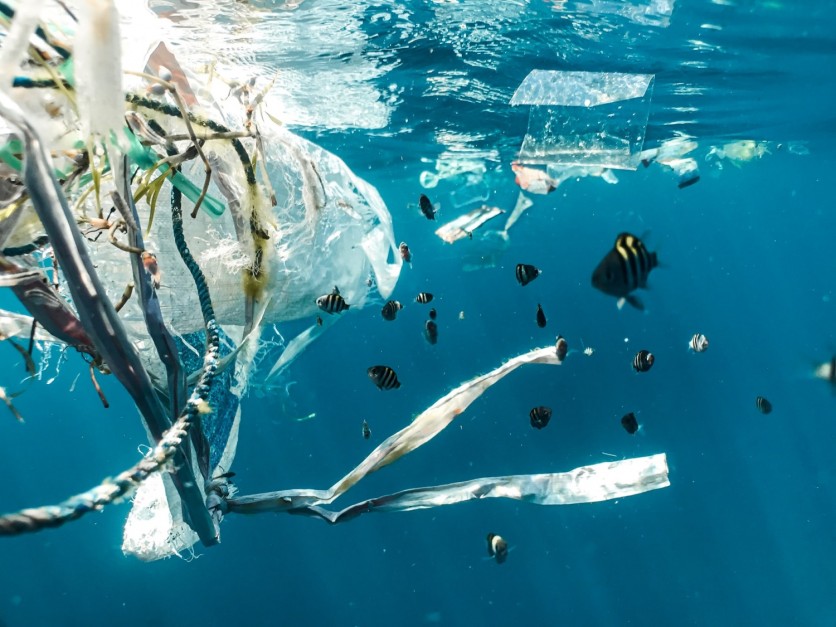Tiny robots or nanobots are not only limited to health-related studies. Other scientists incorporate these technologies in science like in the case of mitigating extreme pollution in the environment.
According to a new study on Tuesday, March 1, there are special robots that can present new ideas in removing chemical pollution in the bodies of water. This could change our idea of cleaning them the usual way.
How Tiny Robots Help in Removing Chemical Pollution

All over the globe, water pollution has become a huge problem for many countries. The excessive dumping of waste from the factories only makes the situation worse for nature.
Industrial plants dispose of chemicals and metal contaminants which further damage the ecosystem in some parts of the water like oceans and rivers. With that, the scientists arrived with the invention of an effective pollutant remover.
As Scimex mentioned in an announcement, there are tiny robots that are 200 nanometers in width. These very small bots have the potential to "guide the design of sustainable technologies for the removal of chemical pollutants from water." For comparison, a strand of human hair measures 2.5 nanometers when it comes to its diameter.
Interestingly, these nanorobots are designed for reusability thanks to their plastic which is highly sensitive to temperature. This component resembles hands for these nanobots where microscopic pollutants cling into.
Related Article: This Seed-Planting Robot Looks Like WALL-E, But What it Could Actually Do?
'Arsenic' Water Experiment Using Tiny Robots
When the temperature becomes higher, the pollutants and the robots undergo extraction using magnets.
By the time the temperature lowers, the nanobots will be separated and they will be reused for another experiment. Meanwhile, the pollutants can now be unloaded without any problems.
As for the test, the scientists came up with the idea of using water. This water has low concentrations of toxic chemicals, particularly arsenic. The trial lasted for 100 minutes and the researchers concluded some findings from it.
According to them, the small robots have snagged more than 65% of the arsenic from the water. As of press time, these tiny machines are still undergoing a development phase, CNET reported.
If future trials are successful, these nanobots can be a huge help for environmentalists and scientists in cleaning the most polluted water reservoirs, rivers, oceans, and more around the world.
To view the full study entitled "Pick up and dispose of pollutants from the water via temperature-responsive micellar copolymers on magnetite nanorobots," visit Nature.com for more details.
In another robotics report, Tech Times wrote that the human brain has the ability to adapt using an excess robotic third thumb.
According to the research, this experiment gave the researchers a glimpse of the potential help that modern technology can render to the nervous system.
At that time, the designer behind the "third thumb" Dani Clode said that once people get used to it, they could now easily do various hand gestures naturally.
Read Also: Human Brains Can Quickly Adapt Using an Extra Robotic 'Third Thumb,' Experts Say [STUDY]
This article is owned by Tech Times
Written by Joseph Henry
ⓒ 2025 TECHTIMES.com All rights reserved. Do not reproduce without permission.




